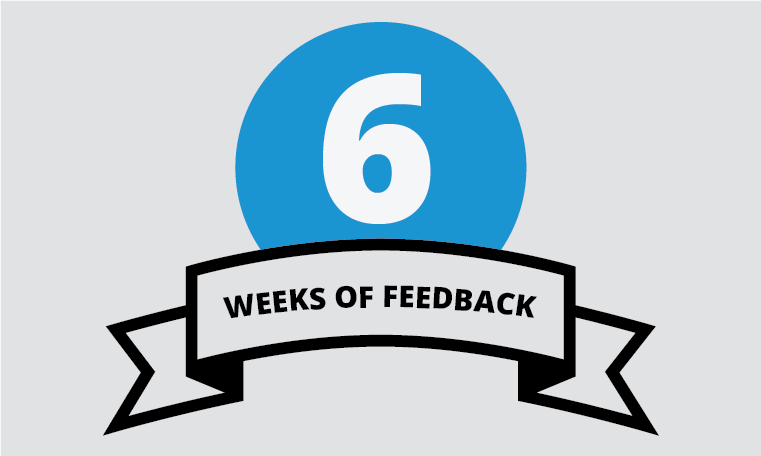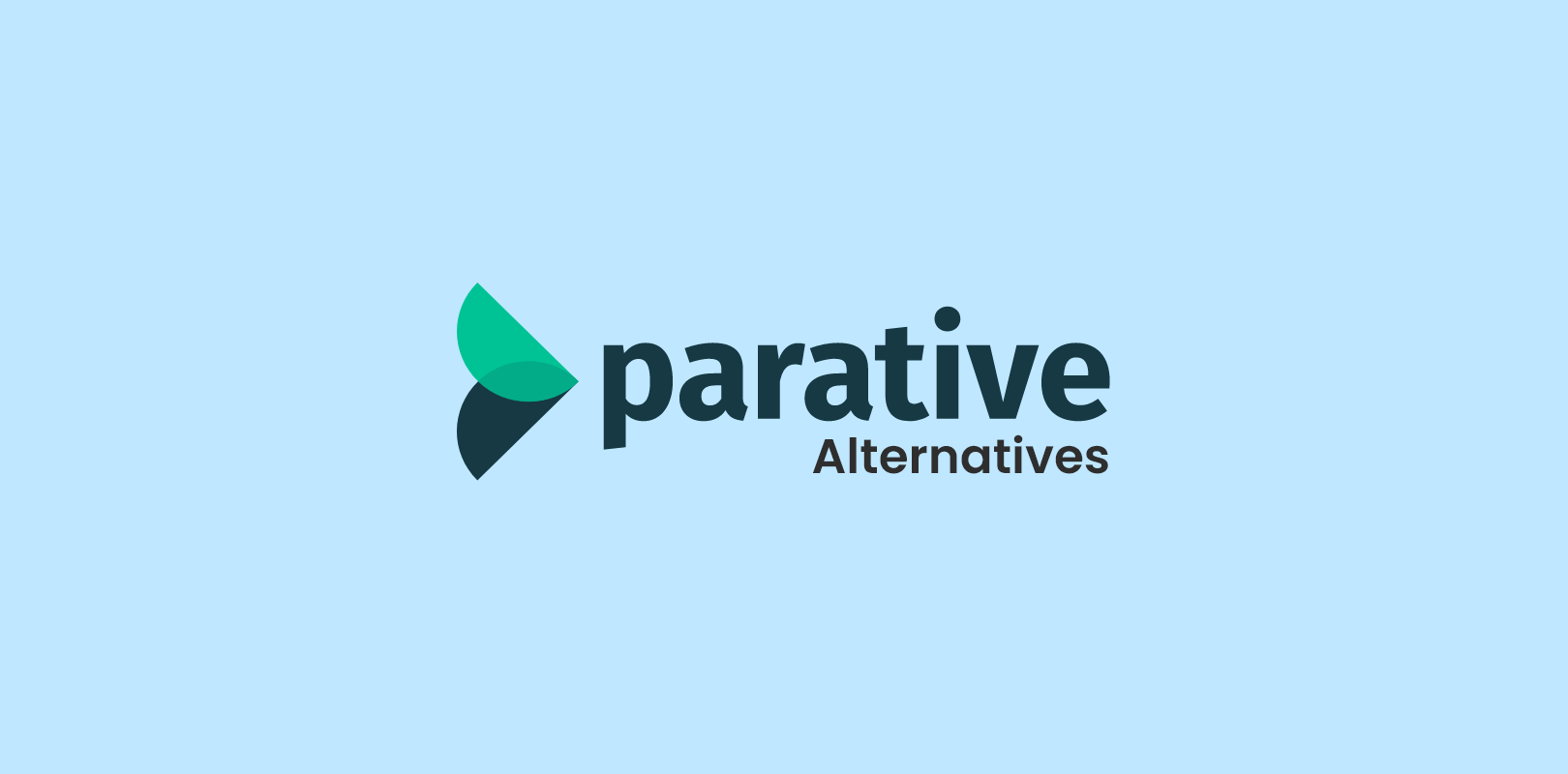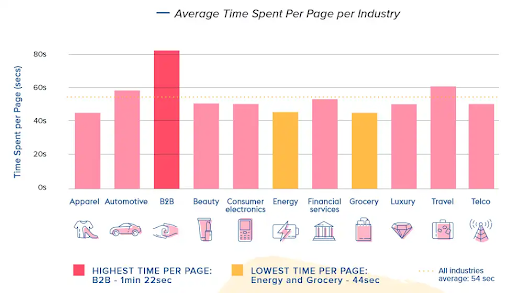Mouseflow has been a go-to for many for website analytics and feedback, but its one-size-fits-all approach might not fit everyone’s unique needs.
If you’ve ever felt boxed in by its limited customization or yearned for more nuanced insights, you’re not alone.
That’s why I’ve curated a list of the top 5 Mouseflow alternatives that promise not just to fill those gaps but also offer a fresh perspective on understanding user behavior.
Let’s explore these options together and find the perfect Mouseflow alternative for you.
Which Is the Best Mouseflow Alternative?
I’ve experimented with numerous alternatives to Mouseflow to boost in-app communication and feedback collection.
If you’re also looking for Mouseflow alternatives, my insights might help. Your choice should align with your specific needs, objectives, and budget constraints.
For a cost-effective option, Qualaroo is commendable for its standout features like contextual feedback and sentiment analysis, enhancing your feedback approach. Alternatively, Crazy Egg is another viable choice, particularly for its user-friendly survey functionality, simplifying the process of gathering valuable user insights.
List of 5 Top Mouseflow Alternatives
Here are five Mouseflow competitors that I’ve either tried or have come across in my research that have exceptional reviews.
1. Qualaroo – Best for User & Customer Feedback Surveys via Website or App
I’ve got a go-to pick when it comes to an alternative to Mouseflow, and that’s Qualaroo. It’s like it just gets how I want to shape the experience for my users.
The way it molds right into my brand’s vibe and how it makes all the data come together without any hassle is just what I needed. Plus, diving into their vast library of survey templates means I can hit the ground running.
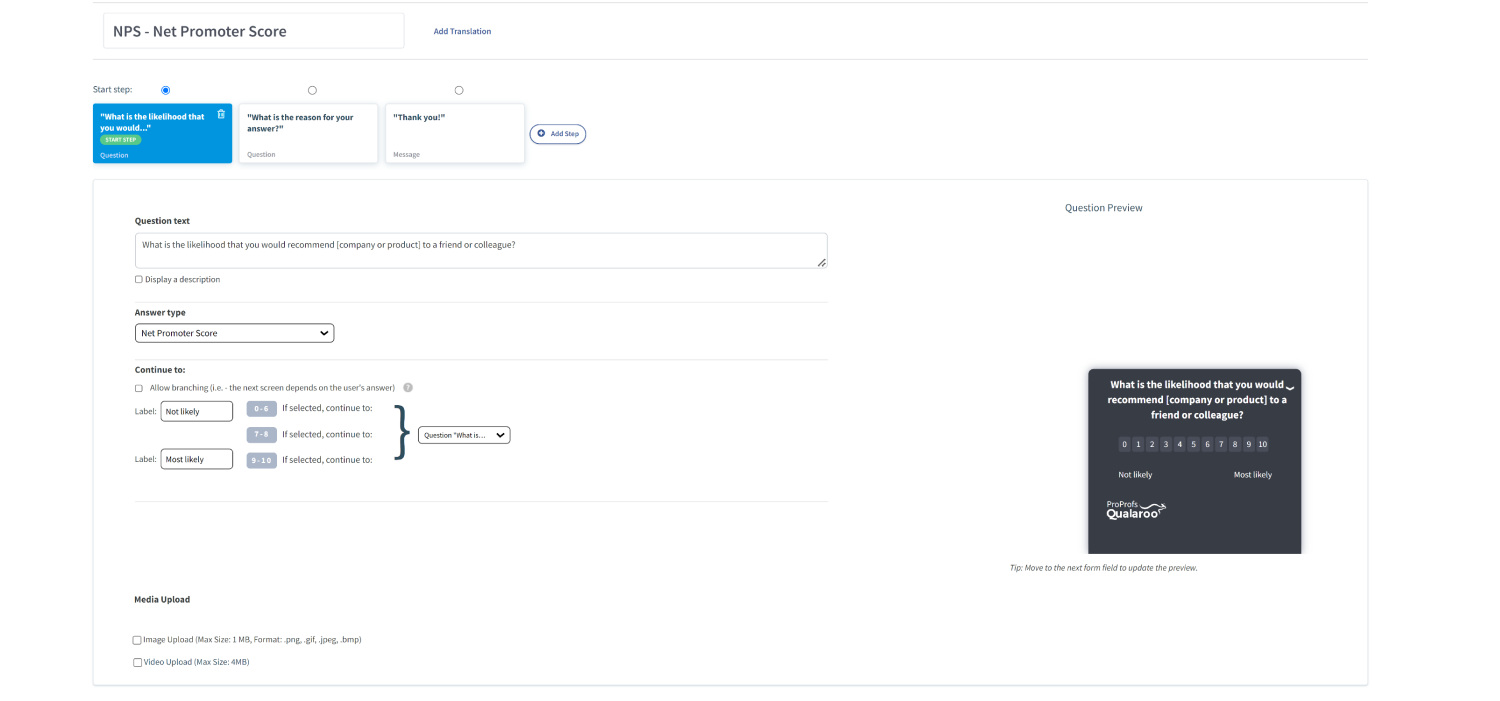
Now, when it comes to gathering the scoop from the folks visiting my site, Qualaroo‘s popup Nudges™ are a game-changer. They pop up just at the right moment, asking just the right things. It’s all about timing, you know?
This tool is my sidekick for getting specific details on how people feel about what I’m doing through things like the Net Promoter Score (NPS), Customer Satisfaction Score (CSAT) and Customer Effort Score (CES).
This kind of intel? It’s gold for tweaking things to make them even better.
And don’t even get me started on how cool AI-driven sentiment analysis is. It’s like having a window into what people are really thinking and feeling when they type out their feedback. Super insightful for nailing down that user experience.
What you will like:
- Advanced targeting feels almost tailor-made, popping up surveys when they make the most sense to the right people with conditional logic.
- The advanced survey triggers show up based on what users do, where they come from, the tech they use, and a bunch more.
- There’s this nifty sidebar survey widget that lets your customers chime in with their thoughts whenever.
- And it’s got the globe covered with support for over 70 languages when you’re gathering feedback.
- Establish seamless connections with tools like Salesforce, Hootsuite, and Slack for organized data management.
- It’s got this neat trick of figuring out your Net Promoter Score (NPS) all on its own.
What you may not like:
- I wouldn’t mind having some more industry-specific templates to play with.
- And a few more ways to shuffle that data out into different formats would be the cherry on top.
Pricing:
Qualaroo offers a forever free plan for startups and small businesses with all premium features. Paid starts at $19.99/month.
2. Crazy Egg – Best for Website Optimization
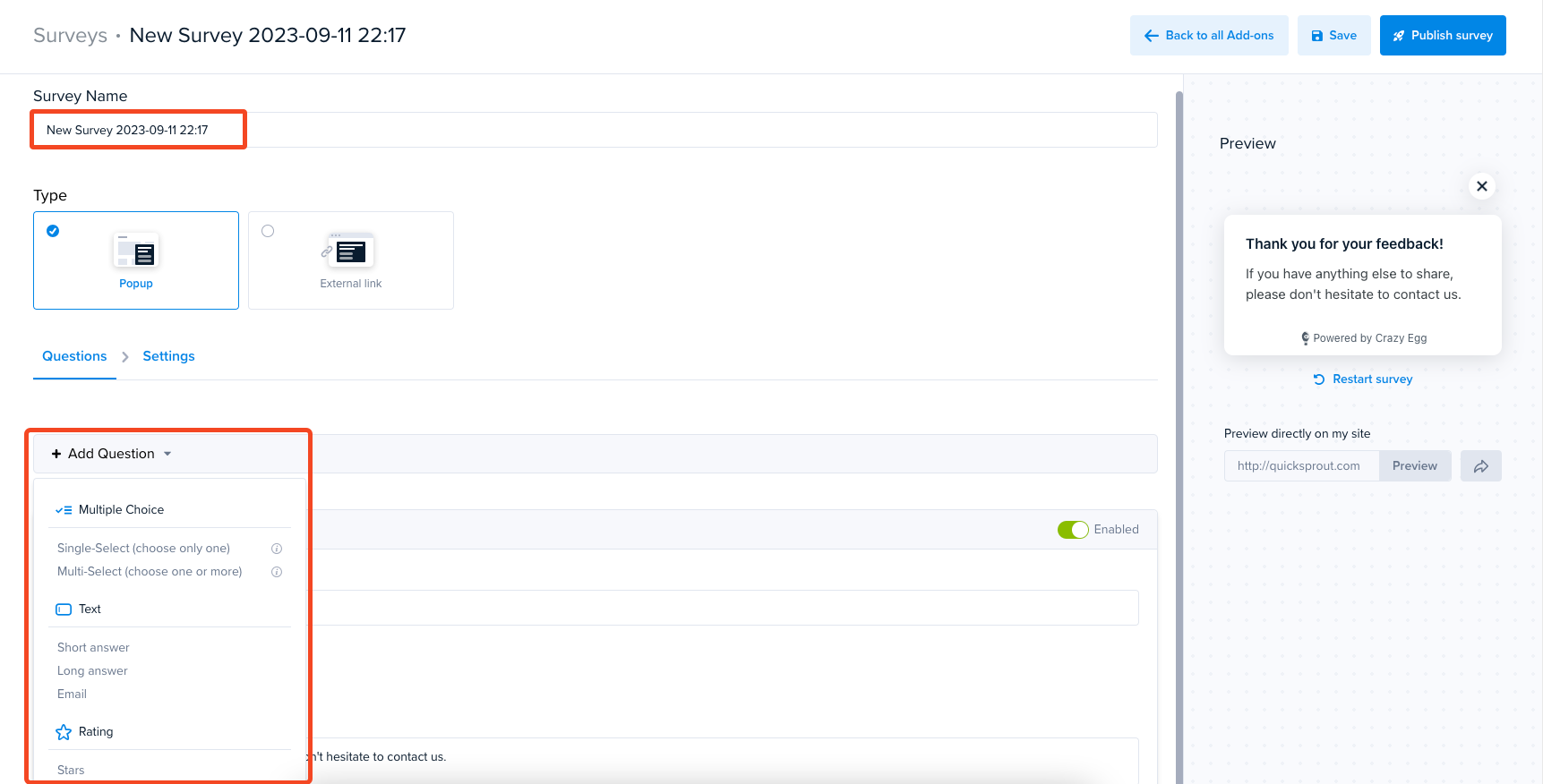
Image Source: Crazy Egg
After trying out Crazy Egg’s survey features, I found its unlimited traffic and response capabilities incredibly useful for gauging visitor feedback without any restrictions. The ability to customize branding helped maintain consistency with my site’s aesthetics.
I particularly appreciated the advanced targeting options, ensuring that surveys reached the most relevant audiences.
Moreover, the commitment to accessibility and adhering to WCAG AAA standards was reassuring. The lack of limits on survey numbers and data storage was a huge plus, allowing for extensive feedback collection while respecting user privacy
What you’ll like:
- The visuals are killer. Heatmaps, scroll maps, confetti reports – it’s like a feast for the eyes that tells you exactly what’s working and what’s not.
- The A/B testing is a game-changer. Trying out different layouts or elements to see what hits the mark? Yes, please.
- The deep dive it gives you into user stats is something else. We’re talking click-through rates, how long they hang out on pages, how far they scroll – it’s the intel that makes all the difference.
- It offers overlays, confetti reports, session playbacks, and more.
What you may not like:
- The interface can feel like a maze, especially if you’re new to the scene. It takes a minute to find your way around.
- If your site’s on the bigger side, keeping tabs on user antics across all those pages can become complex.
Pricing: Starts from $49/month.
FREE. All Features. FOREVER!
Try our Forever FREE account with all premium features!
3. Heap.io – Best for Tracking Customer Behavior
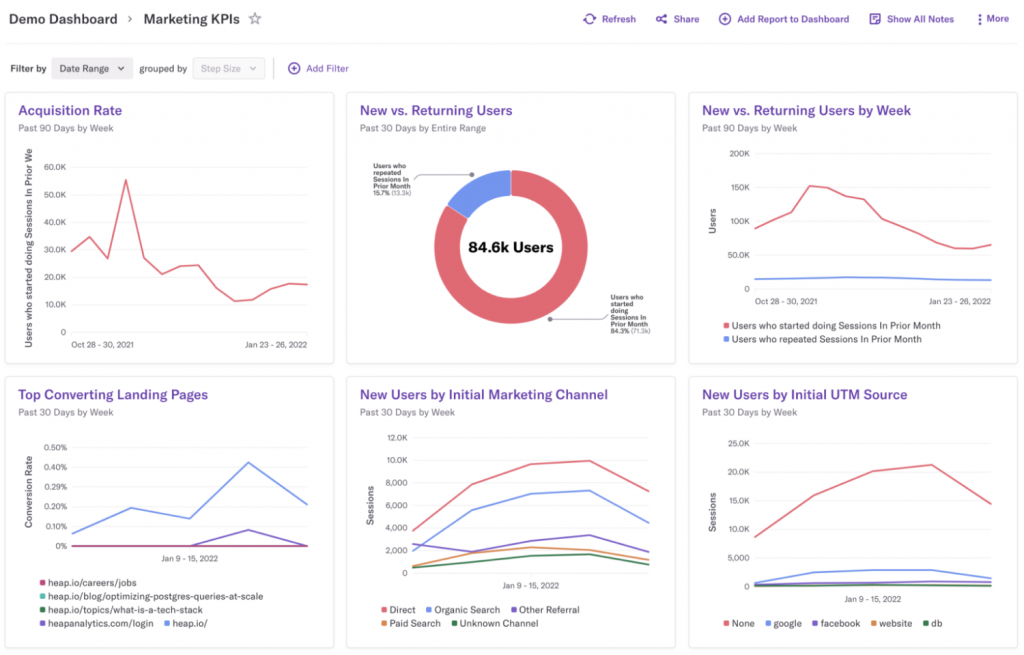
Heap.io has significantly enhanced my approach to customer retention, serving as an indispensable tool for analytics.
This Mouseflow alternative diligently captures user interactions, such as clicks on calls-to-action and form submissions, across both websites and mobile applications.
This comprehensive overview allows businesses to gauge the effectiveness of their offerings and the overall customer experience, while also identifying the most fruitful traffic sources.
What you’ll like:
- It eliminates the need for manually setting up events to monitor web traffic, streamlining the analytics process.
- It helps track key metrics such as bounce rate, retention rate, and return rate.
- The analytics dashboard is designed for ease of use, facilitating straightforward navigation and data interpretation.
- The platform adeptly correlates web traffic with sales funnel engagement and session duration, offering a clear view of customer engagement levels.
- Retroactive reporting capabilities enable the anticipation of trends based on existing analytics data.
- Integration with various tools, including Shopify and Snowflake, enhances its utility and simplifies data management.
- Customizable and real-time reporting features cater to specific analysis needs.
What you may not like:
- The algorithm may inadvertently reveal personally identifiable information, necessitating cautious data handling.
- Managing the voluminous data collected by the platform can sometimes present challenges.
Pricing: Starts at $0 (with limited users and reports). Paid plan starts at $3600/year.
4. Hotjar – Website feedback with surveys & behavior tracking.
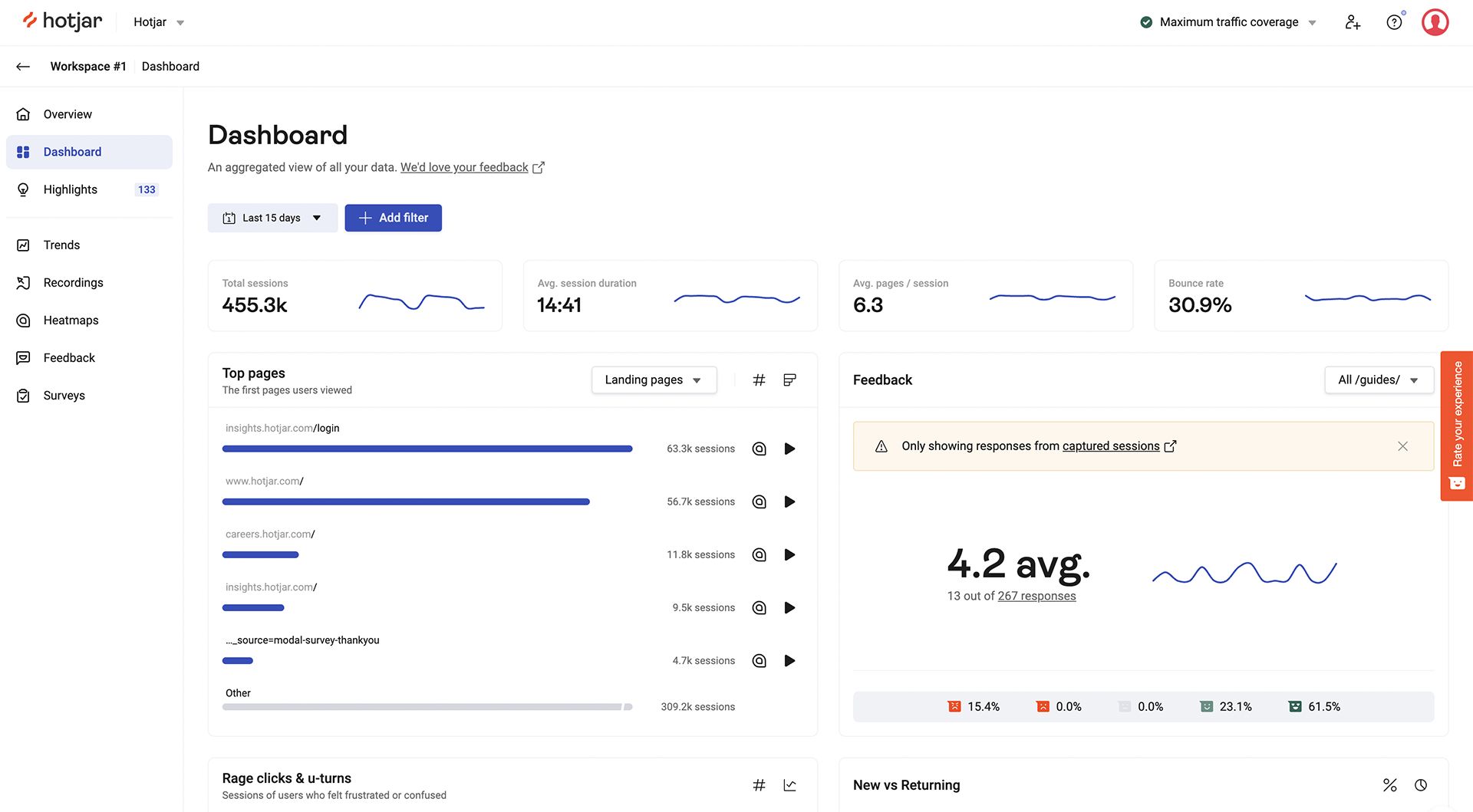
(Image Source: Hotjar)
Hotjar, known for its comprehensive insights into user website interactions, also offers robust survey functionality.
This feature is designed for capturing a wide range of feedback types effortlessly. Hotjar has been instrumental in collecting over 402 million survey responses, emphasizing its effectiveness in understanding user perspectives.
This Mouseflow alternative’s intuitive survey creation process requires no coding, and users can either choose from templates or start from scratch, making it accessible for all skill levels.
Hotjar also brings to the table a variety of other valuable features, including visitor recordings, conversion funnel analysis, and form analytics, all designed to improve website usability.
What you’ll like:
- Feedback polls that enable you to gather direct insights from users about their experience on your site.
- Visitor recordings that replay the actions of users on your site, giving you a window into their browsing behavior.
- Conversion funnels that track the user journey from the landing page to the point of conversion, identifying where users may drop off.
- Form analysis tools that help spot troublesome areas in forms, allowing for adjustments to increase completion rates.
- An A/B testing tool that compares different versions of your website to see which performs better in terms of user engagement.
What you may not like:
- The free version of Hotjar does not include some advanced features like engagement zones or scores in heatmaps, which could be limiting for some users.
- The software may experience some lag, especially during periods of high user activity, which could affect its efficiency and your experience using the platform.
Pricing: A free plan is available for only 35 daily sessions. Paid options start from $32/month.
You will also find this helpful: 7 Best Hotjar Survey Alternatives in 2024 to Collect User Feedback & Insights
5. Lucky Orange – Best for Pre-Built Optimizable Segments
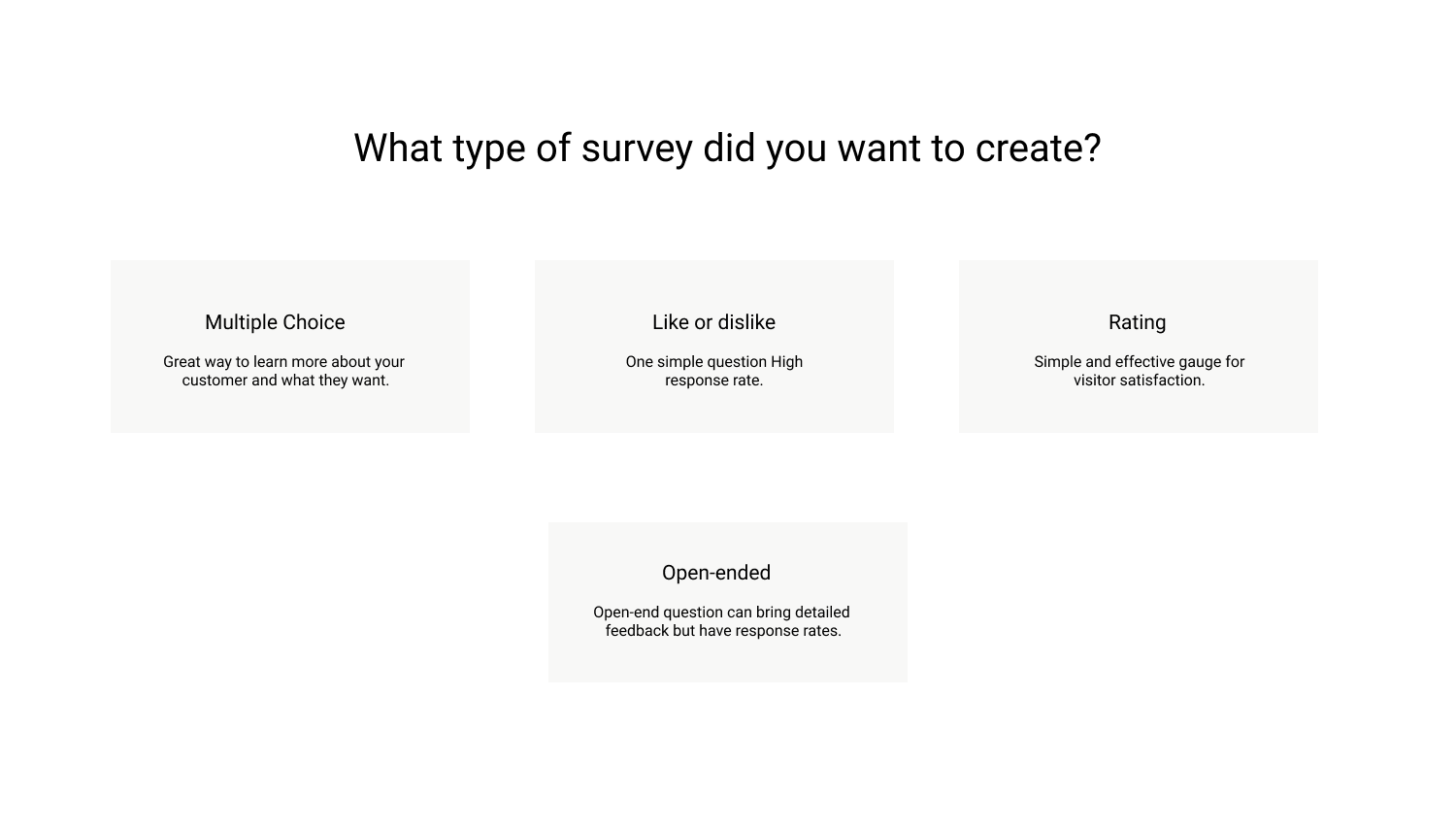
(Source: Lucky Orange)
Last but not least, Mouseflow competitor is Lucky Orange. During my research, I reached out to a colleague and he recommended Lucky Orange for enhancing website feedback collection.
It’s versatile, supporting a variety of question types like multiple choice and open-ended questions. What’s more, it can conduct multi-question surveys and trigger surveys based on specific user behaviors or segments.
Lucky Orange also makes it straightforward to share insights by integrating key metrics and individual responses, simplifying the survey analysis process.
What you will like:
- It integrates well with a variety of other platforms and tools, such as Google Analytics, BigCommerce, and Hubspot, making it easier to gather and consolidate feedback from diverse sources.
- Real-time alerts about significant lead activities, including website visits, email interactions, session recordings, form submissions, etc.
- Customizable design options to match your brand.
- Advanced targeting to reach the right audience.
- Real-time responses to capture instant feedback.
What you may not like:
- The absence of display logic in surveys means you cannot show or hide questions based on the respondent’s previous answers.
- Survey design and customization options are somewhat restricted.
Pricing: The free plan is limited to 100 sessions/month. 30-day data storage
Starts at $32/month.
Evaluation Criteria
The evaluation of products or tools chosen for this article follows an unbiased, systematic approach that ensures a fair, insightful, and well-rounded review. This method employs six key factors:
- User Reviews / Ratings: Direct experiences from users, including ratings and feedback from reputable sites, provide a ground-level perspective. This feedback is critical in understanding overall satisfaction and potential problems.
- Essential Features & Functionality: The value of a product is ascertained by its core features and overall functionality. Through an in-depth exploration of these aspects, the practical usefulness and effectiveness of the tools are carefully evaluated.
- Ease of Use: The user-friendliness of a product or service is assessed, focusing on the design, interface, and navigation. This ensures a positive experience for users of all levels of expertise.
- Customer Support: The quality of customer support is examined, taking into account its efficiency and how well it supports users in different phases – setting up, addressing concerns, and resolving operational issues.
- Value for Money: Value for money is evaluated by comparing the quality, performance, and features. The goal is to help the reader understand whether they would be getting their money’s worth.
- Personal Experience / Experts’ Opinions: This part of the evaluation criteria draws insightful observations from the writer’s personal experience and the opinions of industry experts.
These are the Mouseflow alternatives I think are worth considering. I hope this list makes it easier for you to choose the best option for your requirements. Until next time!
 Tips
Tips
We’d love to hear your tips & suggestions on this article!
FREE. All Features. FOREVER!
Try our Forever FREE account with all premium features!

 We'd love your feedback!
We'd love your feedback! Thanks for your feedback!
Thanks for your feedback!



